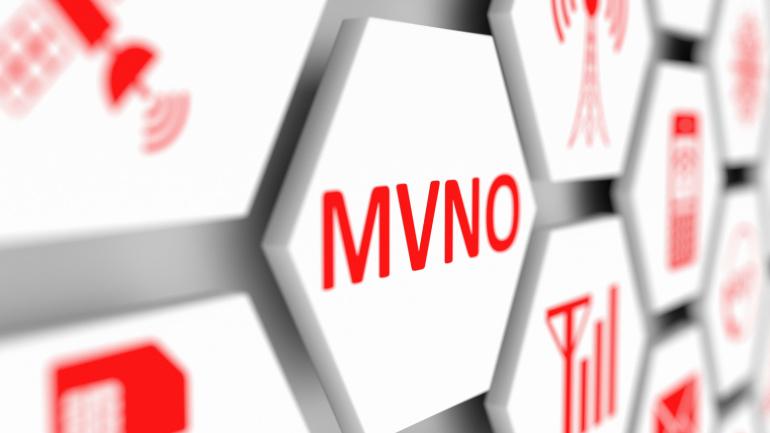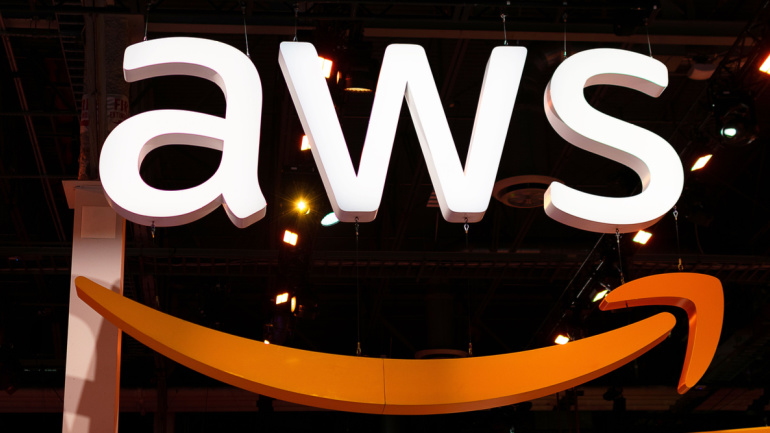The emergence of 5G has ushered in a profound transformation in the telecom industry’s approach to charging, surpassing former phased shifts in monetization. It’s crucial for CSPs to establish a flexible charging system in tune with the fast-paced evolution of services, extending from 3G, 4G to fixed-line and 5G. Essential features of an effective charging mechanism certainly include flexibility, but also scalability and adaptability, to incorporate a range of services and adapt to continuous changes in service offerings. Network X, a standout telecom event, dedicates itself to exploring these issues and equipping attendees with strategic knowledge.
T-Mobile’s innovative union with Fliggs Mobile introduces an exclusive, completely digital Web 3 Mobile Virtual Network Operator that’s leading the path toward mass adoption of Web 3. This unique collaboration utilizes Fliggs Mobile’s innovative mobile app, complete with a non-custodial wallet, to provide users with access to Web3 and FinTech services, including cryptocurrency management. As this future-focused mobile service prepares for its official debut in 2024, it promises to attract not only technophiles but also the broader consumer base with its potential for simplifying and democratizing leading tech.
CNAM, or Caller Name Delivery, goes beyond Caller ID by revealing the caller’s name associated with their phone number. It enhances call identification, trustworthiness, and streamlines communication. Users can quickly recognize callers and identify potential spam calls, making it invaluable in various communication platforms. Check with your service provider to embrace CNAM’s power.
conXhub, a leading provider of cloud-based communication and collaboration platforms, has entered into a strategic partnership with DIDWW, a global telecom operator offering premium quality VoIP communications, two-way SIP trunking and SMS services for businesses and telecom carriers. Through the alliance with DIDWW, conXhub aims to extend its global reach, ensuring high quality voice services for unparalleled customer experience.
Swedish telecom giant, Ericsson, is making strides in harnessing the virtues of Open and Cloud RAN through a series of noteworthy offerings and trailblazing collaborations. Recent ventures with Telefónica on joint Cloud RAN trials underline a shared vision for a dynamic, open network architecture. This exploration goes beyond mainstream, incorporating automation and intelligent orchestration, with potential benefits to macro networks and enterprise applications alike. Ericsson’s commitment to open standards is further emphasized through successful deployment of radio hardware ready for next-gen open fronthaul technology and an intriguing pledge to offer an expansive Open RAN portfolio by next year.
Amid growing inflation and swelling telecom budgets, the advent of 6G brings in costly implications tied to Radio Access Network (RAN) equipment. As these financial implications loom, The Next Generation Mobile Network (NGMN) Alliance proposes a different approach to 6G implementation that may spare existing 5G infrastructure from unnecessary renewal. They advocate an operator-driven decision process in refreshing the 5G RAN, maintaining that 6G upgrade should not compromise 5G user experience and should be software-upgradable on existing network elements. As 5G capex reaches its peak in markets like the U.S., NGMN’s stance could potentially redefine traditional strategies in introducing new generations of mobile technology.
Nokia intensifies focus on AI and machine learning enhancements with the advent of their new Open Innovation Lab in Dubai. This facility is set to target telecommunications operations in Middle East and Africa, potentially bolstering business for Dell and Hewlett Packard Enterprise. The lab’s agenda encompasses three key areas: cloud RAN collaboration, promotion of private wireless and industrial networks, and acceleration of AI-driven network automation. The lab’s existence could pave the way for increased productivity, overall network efficiency and novel revenue opportunities in the region.
Amazon’s sizable investment in one AI provider shakes up AWS’ traditional neutral stance on supporting multiple AI models—a game-changer with implications for large tech players and telecommunication operators. The recent announcement to commit up to $4 billion to Anthropic, a competitive stakeholder in AI, could alter customer experiences and sway preferences towards their Claude AI model. The telecoms industry’s reaction remains crucial as operators navigate the expanding AI revolution.
IONOS and Vodia have teamed up to provide a seamless cloud communications solution. Singaporean SMBs face a surge in cyberattacks, urging them to implement basic cybersecurity measures. Microsoft is launching a significant Windows 11 update featuring AI-driven Windows Copilot and enhanced features. Evolve IP focuses on making the future of work better through cutting-edge cloud collaboration technologies and emphasizes sustainability with fully carbon-neutral EMEA offices.
UK operator VMO2’s recent innovation eliminates network dead zones across a 126-acre farm, combining telecom and agriculture to test the impact of digital technology on rural farming. This collaboration enables real-time tracking of high-value items, prompt alerts on farm security breaches, and efficient crop health monitoring, thereby potentially boosting farm productivity and significantly reducing losses.













